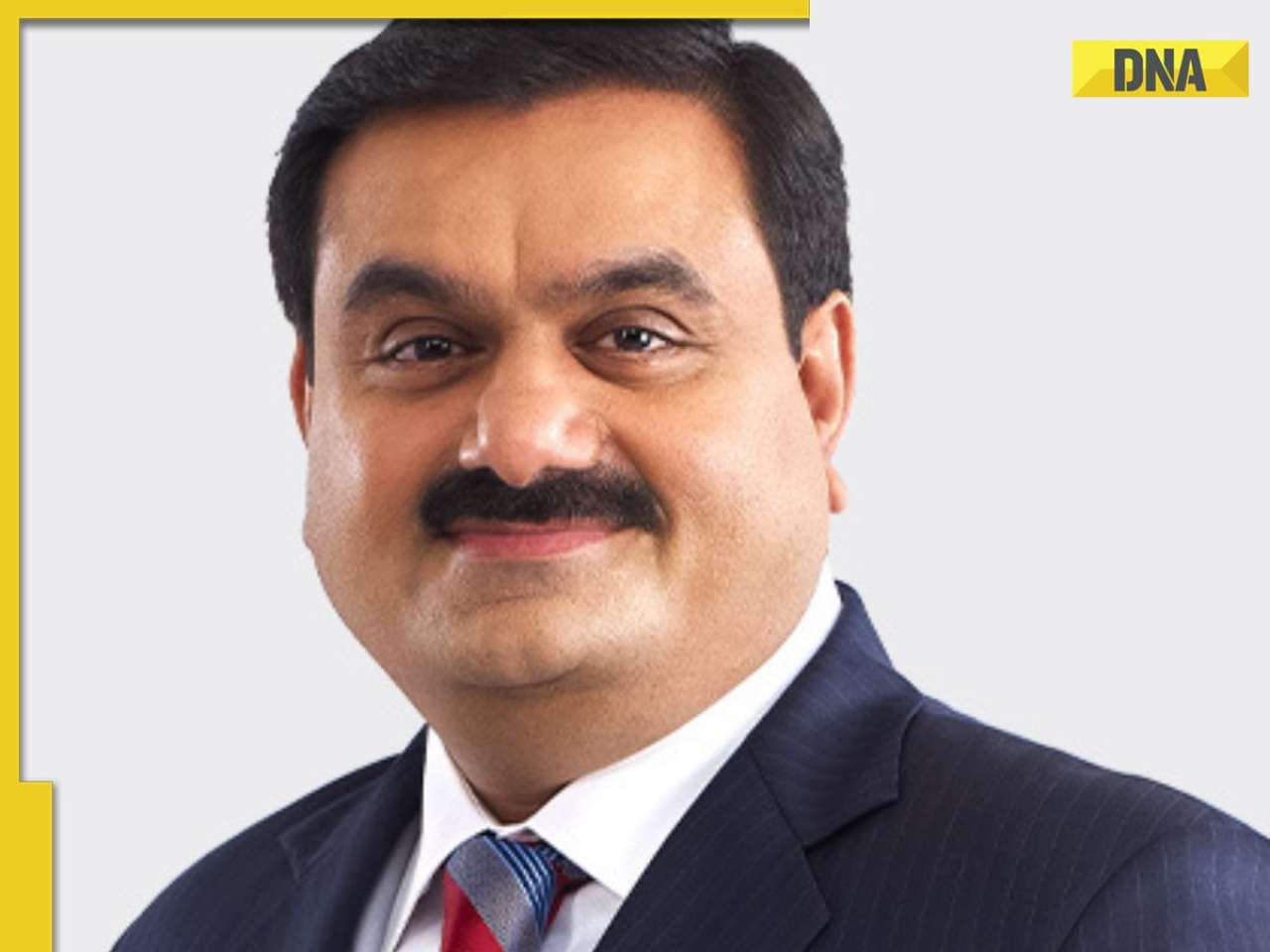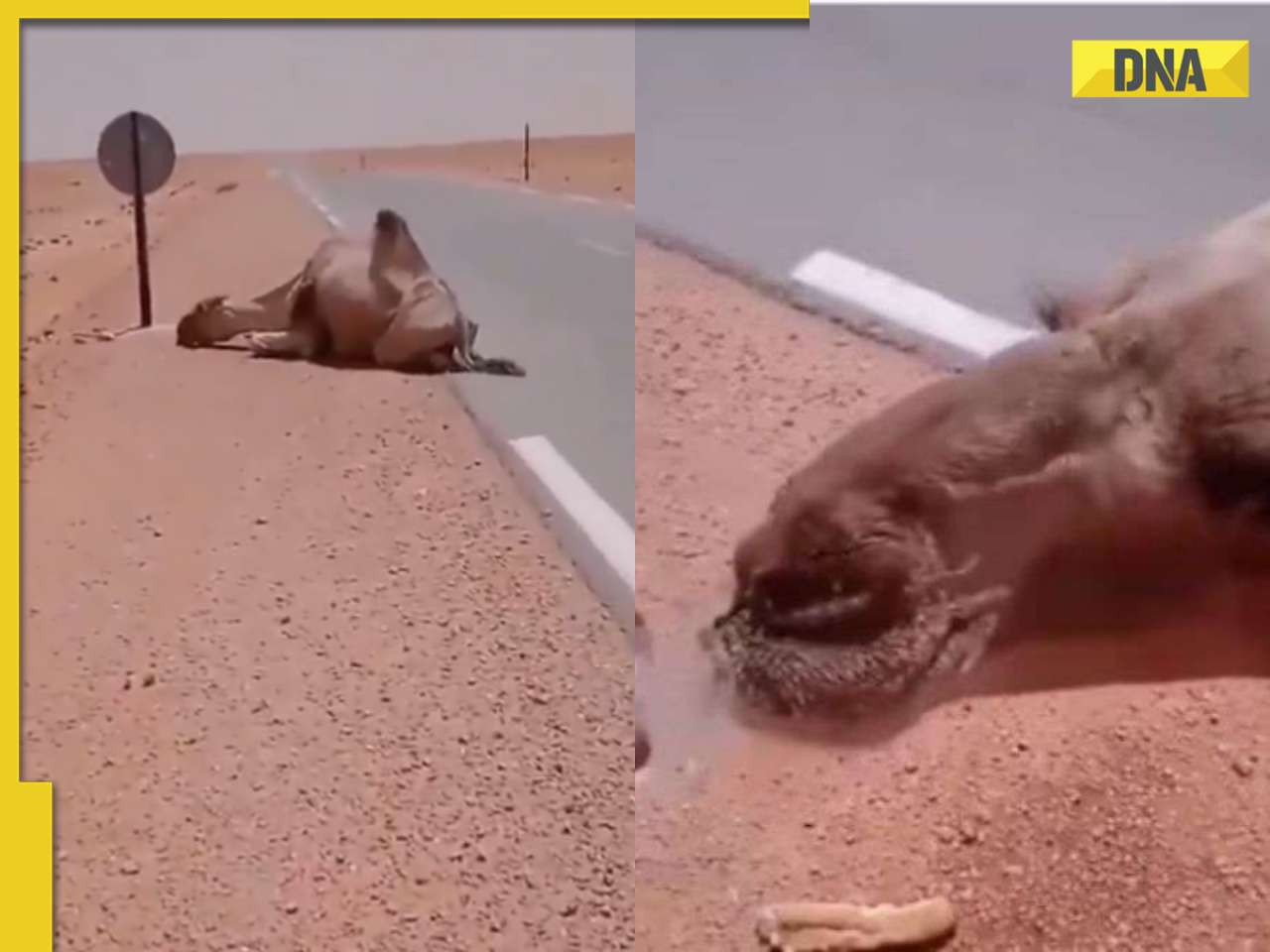Despite an acute cash crunch, the Reserve Bank of India (RBI) has preferred to keep the rate at which it lends money to banks (called repo rate in banking parlance) unchanged at 6.25 per cent, dimming hopes of retail customers and industries.
However, demonetization scheme has put back about Rs 11.5 lakh crore back into the banking system, according to the latest figures disseminated by the RBI. This is going to encourage banks to cut deposit rates and lending rates as the system is awash with liquidity.
The customers were riding high on expectations of an immediate drop in interest rates by around 25-50 basis points (one basis point is equivalent to one-hundredth of a percentage).
The central bank has however lifted the new measure—100 per cent hike in the cash reserve ratio (CRR) it brought in post demonetization, which will release Rs 3.25 lakh crore back into the economy, to make the banking system flush with funds. This will of course be checked in part by the Rs 60,000 crore of market stablisation scheme (MSS) bonds. Such bonds are issued by the government to mop up excess liquidity in the system.
As many feared, the central bank has also lowered the GDP growth forecast by 0.5 per cent to 7.1 per cent for 2016-17 saying there is a growth slowdown in the cash-intensive sectors.
RBI Governor Urjit Patel said, "Repo rate is unchanged to keep the objective of achieving consumer price index (CPI) inflation at five per cent by the fourth quarter of 2016-17 and the medium-term target of four per cent within a band of two per cent variation on either side. Upturn in select categories of food items and also the pick-up in oil prices need to be assessed. We would also like to see the impact of the 7th pay commission on inflation. We will depend on more data before cutting rates."
Bankers had mixed reactions. While Arundhati Bhattacharya, chairman of State Bank of India (SBI), said she is surprised, Chanda Kochhar, MD & CEO of ICICI Bank, said that lending and deposit rates would become softer.
Others like Rana Kapoor, MD & CEO of YES Bank, said they expected sharper cuts post the US Federal Reserve meeting next week. But with the unending stream of funds, banks will be left with little choice but to soften rates.
Bhattacharya said, "The decision of keeping the repo rate unchanged was a little surprising given that there has been sizable demand destruction. Probably, this may have happened due to considerations of possibilities of rise in energy prices as well as with an eye on Fed rate hike. But the combination of removal of incremental CRR limit and MSS Scheme will help banks to manage their liquidity conditions better and bring financial stability to the system."
Kochhar said in a release that the policy has taken an accommodative stance. She said, "With regard to liquidity and interest rates, the withdrawal of the incremental Cash Reserve Ratio requirement and the use of other instruments such as the Market Stabilisation Scheme to manage liquidity is welcome. Deposit and lending rates are expected to continue to show a downward trend going forward."
Excessive liquidity in the banking system and the lack of demand for credit is going to keep the banking lending and deposit rates down for a while. As the cost of deposits fall banks will be forced to reduce their lending rate.
Rajeev Rishi, chairman of Indian Banks Association (IBA), said, "Withdrawal of incremental CRR would also provide enough comfort to the banks as they will save on cost which could encourage them to take a call on lending rates. As for banks, lower GDP projection also indicates further deceleration in credit off take."
Some bankers are hopeful that repo rate reduction should come in post the Federal Reserve meeting.
Rana Kapoor said, "The policy is a reflection of RBI's confidence and conviction that the impact of demonetization on growth is transitory, and the mid- long-term benefits are positive for the economy. Further, the rollback of incremental CRR hike augurs well for the banking sector as a whole. Post the outcome of the US Fed meeting, and stabilisation of the demonetization initiative, in my opinion, there will be room to deliver a 50-75 bps cut in the repo rate, in the next post-Budget meeting in February, and surely by April 2017."
![submenu-img]() Mukesh Ambani’s daughter Isha Ambani’s firm launches new brand, Reliance’s Rs 8200000000000 company to…
Mukesh Ambani’s daughter Isha Ambani’s firm launches new brand, Reliance’s Rs 8200000000000 company to…![submenu-img]() Sonali Bendre says producers called her 'too thin', tried to ‘fatten her up' during the 90s: ‘They'd just tell me...'
Sonali Bendre says producers called her 'too thin', tried to ‘fatten her up' during the 90s: ‘They'd just tell me...'![submenu-img]() Heavy rains in UAE again: Dubai flights cancelled, schools and offices shut
Heavy rains in UAE again: Dubai flights cancelled, schools and offices shut![submenu-img]() When 3 Bollywood films with same story released together, two even had same hero, all were hits, one launched star kid
When 3 Bollywood films with same story released together, two even had same hero, all were hits, one launched star kid![submenu-img]() Gautam Adani’s firm gets Rs 33350000000 from five banks, to use money for…
Gautam Adani’s firm gets Rs 33350000000 from five banks, to use money for…![submenu-img]() DNA Verified: Is CAA an anti-Muslim law? Centre terms news report as 'misleading'
DNA Verified: Is CAA an anti-Muslim law? Centre terms news report as 'misleading'![submenu-img]() DNA Verified: Lok Sabha Elections 2024 to be held on April 19? Know truth behind viral message
DNA Verified: Lok Sabha Elections 2024 to be held on April 19? Know truth behind viral message![submenu-img]() DNA Verified: Modi govt giving students free laptops under 'One Student One Laptop' scheme? Know truth here
DNA Verified: Modi govt giving students free laptops under 'One Student One Laptop' scheme? Know truth here![submenu-img]() DNA Verified: Shah Rukh Khan denies reports of his role in release of India's naval officers from Qatar
DNA Verified: Shah Rukh Khan denies reports of his role in release of India's naval officers from Qatar![submenu-img]() DNA Verified: Is govt providing Rs 1.6 lakh benefit to girls under PM Ladli Laxmi Yojana? Know truth
DNA Verified: Is govt providing Rs 1.6 lakh benefit to girls under PM Ladli Laxmi Yojana? Know truth![submenu-img]() Remember Ayesha Kapur? Michelle from Black, here's how actress, nutrition coach, entrepreneur looks after 19 years
Remember Ayesha Kapur? Michelle from Black, here's how actress, nutrition coach, entrepreneur looks after 19 years![submenu-img]() Remember Heyy Babyy's cute 'Angel' Juanna Sanghvi? 20 year-old looks unrecognisable now, fans say 'her comeback will...'
Remember Heyy Babyy's cute 'Angel' Juanna Sanghvi? 20 year-old looks unrecognisable now, fans say 'her comeback will...'![submenu-img]() In pics: Arti Singh stuns in red lehenga as she ties the knot with beau Dipak Chauhan in dreamy wedding
In pics: Arti Singh stuns in red lehenga as she ties the knot with beau Dipak Chauhan in dreamy wedding![submenu-img]() Actors who died due to cosmetic surgeries
Actors who died due to cosmetic surgeries![submenu-img]() See inside pics: Malayalam star Aparna Das' dreamy wedding with Manjummel Boys actor Deepak Parambol
See inside pics: Malayalam star Aparna Das' dreamy wedding with Manjummel Boys actor Deepak Parambol ![submenu-img]() DNA Explainer: Why Harvey Weinstein's rape conviction was overturned, will beleaguered Hollywood mogul get out of jail?
DNA Explainer: Why Harvey Weinstein's rape conviction was overturned, will beleaguered Hollywood mogul get out of jail?![submenu-img]() What is inheritance tax?
What is inheritance tax?![submenu-img]() DNA Explainer: What is cloud seeding which is blamed for wreaking havoc in Dubai?
DNA Explainer: What is cloud seeding which is blamed for wreaking havoc in Dubai?![submenu-img]() DNA Explainer: What is Israel's Arrow-3 defence system used to intercept Iran's missile attack?
DNA Explainer: What is Israel's Arrow-3 defence system used to intercept Iran's missile attack?![submenu-img]() DNA Explainer: How Iranian projectiles failed to breach iron-clad Israeli air defence
DNA Explainer: How Iranian projectiles failed to breach iron-clad Israeli air defence![submenu-img]() Sonali Bendre says producers called her 'too thin', tried to ‘fatten her up' during the 90s: ‘They'd just tell me...'
Sonali Bendre says producers called her 'too thin', tried to ‘fatten her up' during the 90s: ‘They'd just tell me...'![submenu-img]() When 3 Bollywood films with same story released together, two even had same hero, all were hits, one launched star kid
When 3 Bollywood films with same story released together, two even had same hero, all were hits, one launched star kid![submenu-img]() Salman Khan house firing case: Family of deceased accused claims police 'murdered' him, says ‘He was not the kind…’
Salman Khan house firing case: Family of deceased accused claims police 'murdered' him, says ‘He was not the kind…’![submenu-img]() Meet actor banned by entire Bollywood, was sent to jail for years, fought cancer, earned Rs 3000 crore on comeback
Meet actor banned by entire Bollywood, was sent to jail for years, fought cancer, earned Rs 3000 crore on comeback ![submenu-img]() Karan Johar wants to ‘disinherit’ son Yash after his ‘you don’t deserve anything’ remark: ‘Roohi will…’
Karan Johar wants to ‘disinherit’ son Yash after his ‘you don’t deserve anything’ remark: ‘Roohi will…’![submenu-img]() IPL 2024: Bhuvneshwar Kumar's last ball wicket power SRH to 1-run win against RR
IPL 2024: Bhuvneshwar Kumar's last ball wicket power SRH to 1-run win against RR![submenu-img]() BCCI reacts to Rinku Singh’s exclusion from India T20 World Cup 2024 squad, says ‘he has done…’
BCCI reacts to Rinku Singh’s exclusion from India T20 World Cup 2024 squad, says ‘he has done…’![submenu-img]() MI vs KKR, IPL 2024: Predicted playing XI, live streaming details, weather and pitch report
MI vs KKR, IPL 2024: Predicted playing XI, live streaming details, weather and pitch report![submenu-img]() IPL 2024: How can RCB and MI still qualify for playoffs?
IPL 2024: How can RCB and MI still qualify for playoffs?![submenu-img]() MI vs KKR IPL 2024 Dream11 prediction: Fantasy cricket tips for Mumbai Indians vs Kolkata Knight Riders
MI vs KKR IPL 2024 Dream11 prediction: Fantasy cricket tips for Mumbai Indians vs Kolkata Knight Riders ![submenu-img]() '25 virgin girls' are part of Kim Jong un's 'pleasure squad', some for sex, some for dancing, some for...
'25 virgin girls' are part of Kim Jong un's 'pleasure squad', some for sex, some for dancing, some for...![submenu-img]() Man dances with horse carrying groom in viral video, internet loves it
Man dances with horse carrying groom in viral video, internet loves it ![submenu-img]() Viral video: 78-year-old man's heartwarming surprise for wife sparks tears of joy
Viral video: 78-year-old man's heartwarming surprise for wife sparks tears of joy![submenu-img]() Man offers water to thirsty camel in scorching desert, viral video wins hearts
Man offers water to thirsty camel in scorching desert, viral video wins hearts![submenu-img]() Pakistani groom gifts framed picture of former PM Imran Khan to bride, her reaction is now a viral video
Pakistani groom gifts framed picture of former PM Imran Khan to bride, her reaction is now a viral video







































)









)
)
)
)
)
)